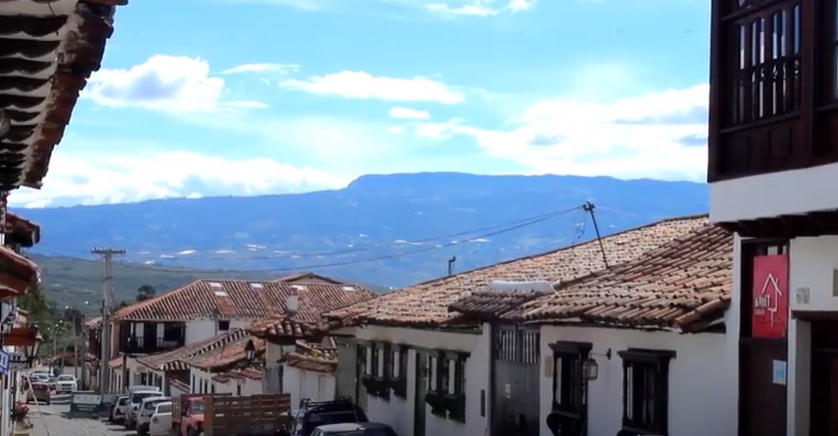Every year in August or in the so-called month of kites, the town of Villa de Leyva becomes more festive and celebrates the Festival of Wind and Kites.
During this time, the sky of this city is filled with colored dots that, pushed by the wind, move in all directions under the expectant gaze of those who come to enjoy the beauty of kites.

In the framework of this festival, the participants not only have fun but also have the opportunity to observe the professional contestants who perform different demonstrations in the town square.
In addition to competing in different categories.
Festival History
This event was held for the first time on August 7, 1975 and since then, it has been held every year in the Plaza de Villa de Leyva.
From the year 1980, European and American kite models began to be brought in, whose ingenuity allowed that no tail or winds were needed.
And they were acrobatic with two or four strings to juggle and geometric with three dimensions.

With the passage of time this festival was gaining so much importance that tourists from all over the world today visit the city in order to witness this show.
Villa de Leyva is a municipality located in the Ricaurte Province of the Boyacá department, it is located 40 km west of Tunja, the capital of the department.
It is characterized for preserving its colonial-style architecture.
And for its varied rural landscapes that range from the paramo area with its springs and reservoirs.

Of water to the desert area.
- Its huge main square also stands out, paved with flanked by old colonial buildings.
It is considered one of the most beautiful towns in Colombia, as well as being one of the most important tourist destinations in the country.
Flying a kite in Colombia is a tradition that brings with it the month of August, the perfect excuse to enjoy a day in the park with the family.
As this is a tradition that unites Colombia and China, in this note we want to review the origin of kites and their meaning.
Kites were born in China 2,000 years ago during the Chunqiu Dynasty (around 453 B.C.).
Legend has it that a Chinese man named Muo Di was inspired by a hawk that flew without moving its wings.
It took him three years to build a kite that would get the hawk moving, and after it was finished he let it fly for three days.

- Later Lu Ban, a carpenter from the Lu kingdom, improved the material of the sticks using bamboo. The result was an eagle-shaped wooden kite.
Another use was given to kites since 202 B.C.
In the Han dynasty, kites were used for military purposes as a way to distract the enemy army, flying them over the cities to prevent them from fighting and surprising them.
This interests you:
http://lomasdelared.com/la-piedra-del-penol-antioquia-colombia/
For this same purpose they were also used to measure distances and to ask for help during the Nan dynasty.
At this same time, during the celebration of the Qīng míng (清明) – the festival to honor the dead – people made kites and wrote names of things that brought bad luck.
When the kites flew high and were no longer seen, people cut the rope to make it disappear as a symbol that illnesses and bad luck were blown away by the wind.

It was not until 1282 A.D.
that the Italian Marco Polo spread the idea of the kite in Europe, saying that in the city of Wéifāng (潍坊) he saw drunken sailors lift with these devices.
- Although the kite came to Europe in the 13th century, its popularity in the west lasted until the end of the 16th century.
Today in China they are known as fēngzhēng (风筝).
Its name comes from the traditional Chinese instrument called zhēng since in the Tang Dynasty bamboo whistles were placed on them and when flying they produced a sound similar to the instrument.
And fēng which means wind.
Throughout the world we can find various festivals and traditions that go around the kite.
Countries such as India with La fiesta de Uttarayan, United States with the Museum of the Kite in Seattle, and Colombia with the Festival of the Wind and Kites of Villa de Leyva.
